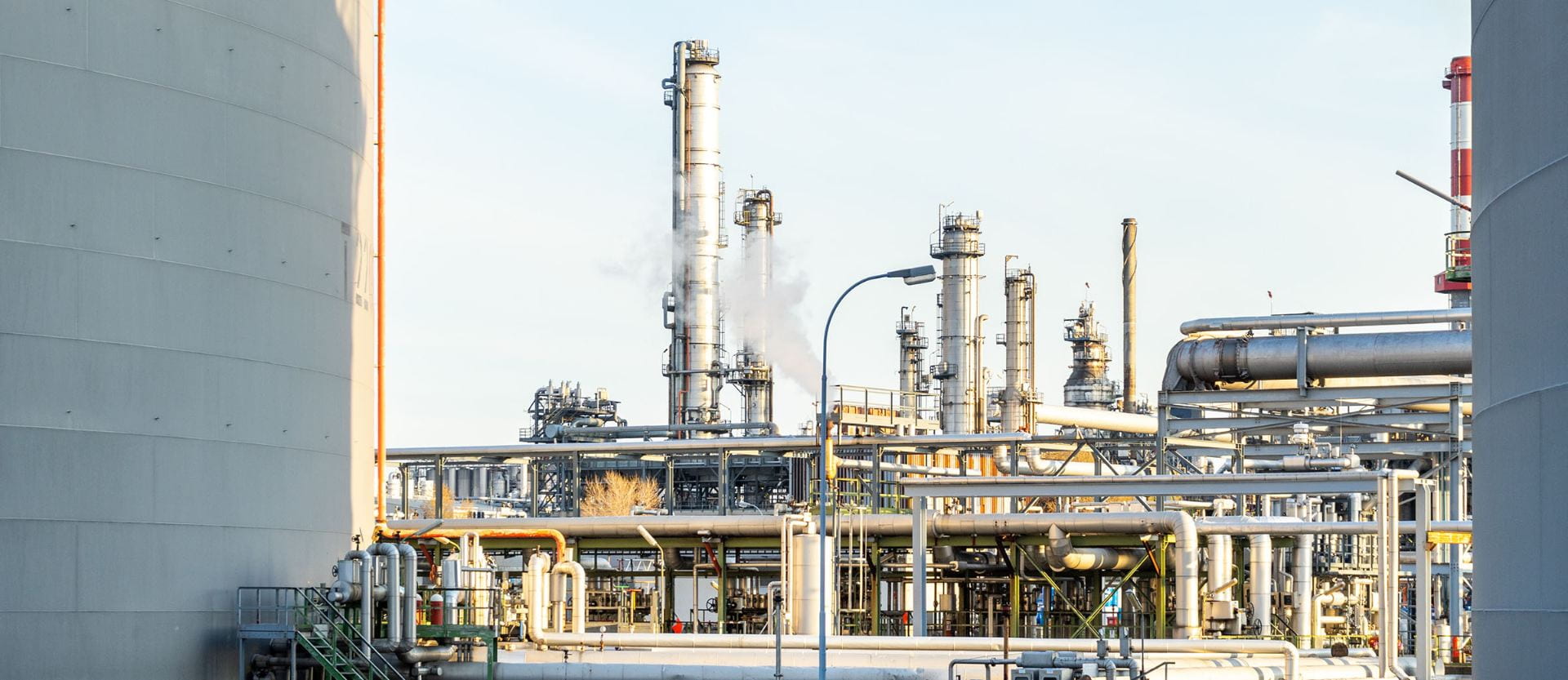Even before a global pandemic halted the economy and confined millions of people to their homes for weeks, the oil market was already exiting what had arguably been the biggest boom in its history.
The market was relatively oversupplied, and because the petroleum market is particularly inelastic, even a small degree of overproduction can have a drastic effect on prices. By late 2019, with the price already dropping, the financial markets had already grown impatient with the oil industry’s ability to deliver profits.
Then, of course, COVID-19 struck.
“What COVID-19 has done is cause the single largest demand shock for petroleum products in the history of the industry,” says Bruce Bullock, director of the Maguire Energy Institute at the SMU Cox School of Business.
Bullock has studied and analyzed the energy industry up close for decades, including the market drops in the mid-1980s and the late 1990s. He has also advised on several government initiatives in and outside of Texas, and he is regularly quoted in both local and national media outlets.
Over the past few months, the oil market has been hit with what Bullock calls “a double whammy.” The world is simultaneously experiencing a supply shock and a demand shock. We spoke with Bullock to hear his insights on the economic impact coronavirus has had on the oil industry in Texas and around the world.
A Global Shock
With people staying home, businesses not opening and factories shutting down, the country is consuming considerably less oil — and the price has fallen precipitously. Usually, the global industry produces and uses around 100 million barrels a day. Now, the usage is closer to 75 million barrels a day.
“Oil production is not the kind of thing where you can just turn the switch off,” Bullock says. “It takes a while to slow production down and to balance the market,” which means that a lot of oil is being stored for future use. So much so that, unless demand increases, by mid- to late May, the industry will be virtually out of storage space.
Near the end of April, the per-barrel price of oil briefly turned negative, meaning companies were overstocked and out of physical space to store new barrels — prompting them to pay up to $35 for someone to take the excess product off their hands.
Some companies have resorted to filling oil tankers and parking them, simply storing that oil to sell later. Some pipeline companies, now that they have spare capacity, are storing oil in pipelines. Some producers will have to shut their wells in. Some of those wells will never be opened again.
The Impacts Seen at Home
Because Texas produces more oil than any other state in America, and roughly 2% to 3% of Texans are employed by the energy industry, this price collapse will likely have serious consequences for several parts of the state. Bullock says that because of their diverse economies, Dallas, San Antonio and Austin will likely weather the drop better than cities like Houston and Midland, where the economies are particularly oil-dependent.
“Nine months ago, Midland had a 2% unemployment rate,” Bullock says. “Now they’re getting ready to go through what’s likely going to be a depression.”
The oil industry is efficient, Bullock says, but there are a lot of workers employed by secondary contractors — and they get hit the hardest. So even if the employees of oil companies themselves manage to keep their jobs, the extended supply chain in the industry is long: the contractors who service the wells, the rig companies, the water companies … all the way down to the people who haul trash off the site will feel repercussions.
Bullock points out that the news isn’t entirely bleak, though.
“The only silver lining is that if we get back to an economy where people are mobile again, driving to work and to vacation, people are going to enjoy low gas prices for quite some time to come,” he says. In early May, you could fill up a gas tank in Dallas for less than $1.40 a gallon. “That puts more money in people’s pockets at a time when they’re going to need it to get the economy back on its feet again. And Texas’ economy is not nearly as dependent on the oil industry as it was in the last few downturns.”
Traditionally, lower oil prices have been like tax cuts for consumers. Albeit, that’s not doing anyone any good while they’re not driving. “It’s akin to giving a bald man a new hairbrush,” Bullock says.
The economic impact of coronavirus has not affected every sector of the energy industry the same way. Though most people are driving less and using less petroleum, the demand for power in general has kept up. People are still using their computers, televisions and air conditioning systems — perhaps more than ever — keeping natural gas in high demand. Activity in the parts of the country that produce natural gas, including several parts of Texas, might actually increase.
The Road to Recovery Is Unclear
Eventually, the demand for petroleum products will go up, but it will be a gradual climb. Production has to slow down to what Bullock describes as “almost a trickle.” The industry will be forced to work through the billions of barrels of oil currently in storage, which could take the rest of the year or longer. Only then will some producers bring wells back online — while companies attempt to convince capital markets that there’s a future for oil and that they can earn a decent return from its price.
“For the rest of 2020,” Bullock says, “it’s still going to be survival mode. We’re going to see a lot of bankruptcies.”
Bullock predicts that in 2021 there will be fewer oil companies, and the firms that are left will likely be larger and more durable. The country should see some leveling off as we find a new normal, but exactly what that new normal will look like isn’t clear yet.
“I can’t tell if it’ll get back to 100 million barrels ever again,” Bullock says. “The normalized level may be 80 million barrels. It’s very difficult to tell.”
Bullock doesn’t think the industry is likely to fully recover until 2022, when the future needs of consumers will be clearer, enabling companies to start planning their capital needs and start moving forward again.
For decades, the need for oil has been relatively easy to forecast; something experts could count on. Although none of that is predictable right now, there is some good news: The oil industry is used to adjusting to unprecedented shifts in demand, supply shocks and price drops — in fact, it’s exactly what they’re equipped for.
“It will be very painful, but we’ve done it before,” Bullock says. “It will look different on the other side, but we’ll get through this.”
Click here to read more about the economic impact of coronavirus on the business world and for insights from our faculty at SMU Cox.














